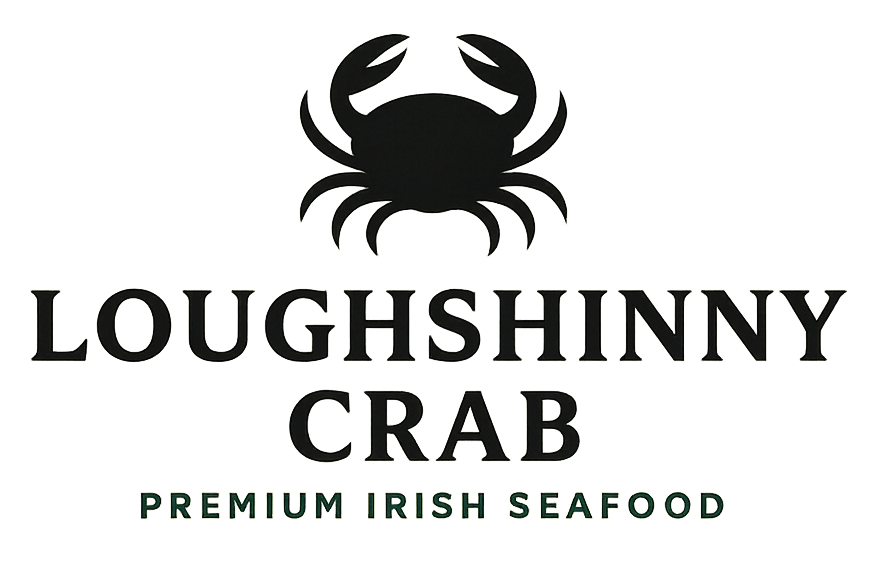Ireland, an emerald isle famed for its rugged coastline and bountiful seas, offers a culinary treasure: the wild-caught brown crab. These succulent crustaceans, prized for their delicate sweetness and firm texture, are a true taste of the Atlantic. From the bustling fishing ports to the finest restaurants, the brown crab plays a significant role in Irish gastronomy and culture. This comprehensive guide delves into the world of Irish wild-caught brown crab, exploring its sourcing, preparation, and the best ways to enjoy this delicious delicacy.
The Source: Ireland’s Rich Crab Fishing Grounds
The waters surrounding Ireland are teeming with marine life, providing ideal conditions for brown crab populations to thrive. The cold, nutrient-rich currents support a diverse ecosystem, resulting in healthy, flavorful crabs. Key fishing grounds are scattered along the coastline, each offering unique characteristics that contribute to the crab’s distinctive taste. Experienced fishermen, often working in family-run businesses passed down through generations, carefully manage these resources, ensuring sustainability for future generations.
Sustainable Fishing Practices: Ensuring the Future of Wild Brown Crab
Responsible fishing practices are paramount to preserving Ireland’s rich brown crab stocks. Strict regulations govern fishing methods, ensuring that only mature crabs are harvested and that bycatch is minimized. The Irish government actively monitors fishing activity and implements measures to protect vulnerable habitats. Consumers can play their part by choosing seafood certified by reputable organizations, supporting sustainable fisheries, and being mindful of their consumption.
From the Sea to Your Plate: Handling and Preparation
Proper handling is crucial to maintaining the quality and freshness of wild-caught brown crab. Once caught, the crabs are typically quickly chilled to preserve their flavor and texture. Many fishermen prioritize immediate processing, ensuring the crab meat reaches consumers in peak condition. This rapid handling minimizes enzymatic activity, which can degrade the quality of the meat over time, resulting in a far superior culinary experience.
Cooking Your Catch: Unveiling the Delicate Flavors
The versatility of brown crab meat lends itself to a wide array of culinary applications. A simple steaming or boiling method brings out its natural sweetness, while more elaborate recipes can incorporate herbs, spices, and other ingredients to create unique flavor profiles. Many chefs prefer to showcase the crab’s delicate flavor by using minimal seasonings, allowing its intrinsic taste to shine through. From classic crab cakes to gourmet salads, the possibilities are endless.
Discovering the Best Wild Caught Brown Crab in Ireland
Locating truly exceptional wild-caught brown crab requires a bit of exploration. Visiting local fish markets and talking to the fishermen directly provides invaluable insights into the freshest catches. Many coastal towns and villages boast restaurants that specialize in locally sourced seafood, showcasing the brown crab in innovative and delicious dishes. These local establishments offer a genuine connection to the source, guaranteeing authenticity and quality.
Where to Find the Best: Regional Variations and Seasonal Availability
The taste and availability of wild-caught brown crab can vary depending on location and season. Certain coastal regions are known for producing particularly flavorful crabs, while others might offer a larger variety of sizes. Seasonality plays a significant role; peak seasons often deliver the sweetest and most succulent meat. Checking with local seafood suppliers or restaurants will provide valuable information on the current availability and quality.
Beyond the Plate: The Cultural Significance of Brown Crab in Ireland
Wild-caught brown crab isn’t merely a culinary delicacy; it’s deeply entwined with Ireland’s cultural heritage. Coastal communities have a long-standing tradition of crab fishing, with families passing down skills and knowledge through generations. Local festivals often celebrate the bounty of the sea, highlighting the importance of brown crab in the region’s economy and identity. These cultural celebrations offer a fantastic opportunity to sample fresh, locally sourced crab and learn more about its significance.
Choosing Wisely: Tips for Selecting Quality Wild-Caught Brown Crab
When selecting wild-caught brown crab, prioritize freshness and quality. Look for crabs with a firm shell and a fresh, slightly sweet aroma. Avoid those with cracked shells or a fishy odor, as this indicates spoilage. The color of the meat should be a light, creamy white or pale orange. It’s always best to purchase from reputable sources that can provide information about the crab’s origin and fishing practices.
Conclusion: Embracing the Taste of Ireland’s Wild Coast
Wild-caught brown crab from Ireland represents a culinary experience that transcends the ordinary. Its delicate flavor, firm texture, and sustainable sourcing combine to create a truly special dish. By understanding its origin, preparation, and cultural significance, you can fully appreciate this exceptional seafood treasure. So, embark on a culinary adventure and savor the taste of Ireland’s wild coast – one delicious crab at a time.
“For occasions in Ireland, many customers pair our crab with local flower delivery services or relax in Irish garden log cabins.”
“`
